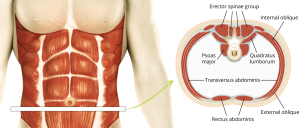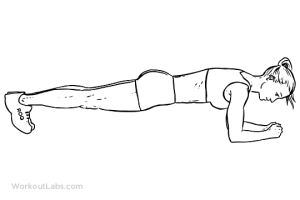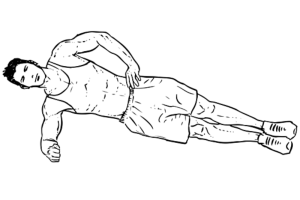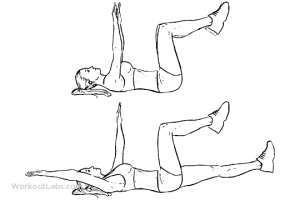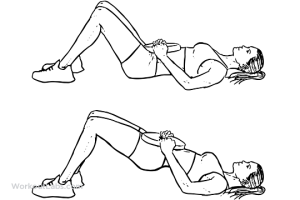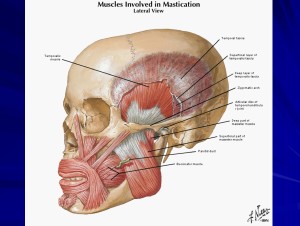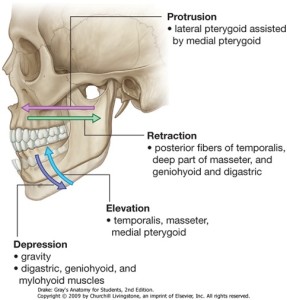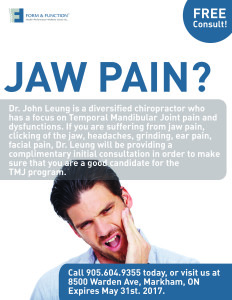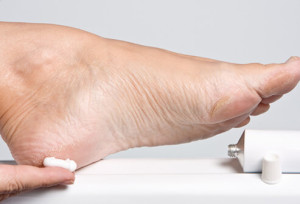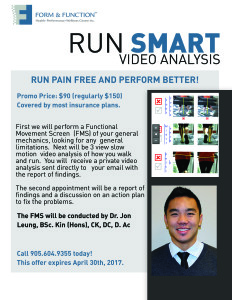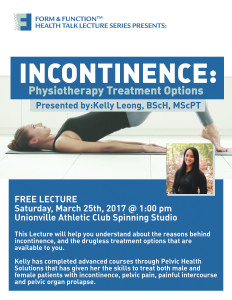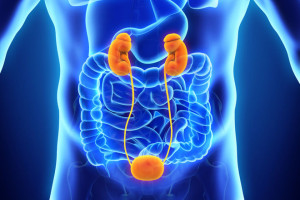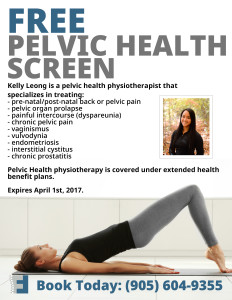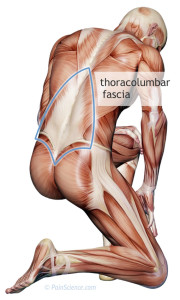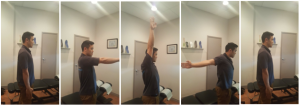Health Talk: The Core
Ever heard of someone telling you that they are “training their core.” Or have a fitness/rehabilitation professional tell you that you have a weak core? What does that mean? How do you strengthen it? Well, let’s talk about what the core is first of all.What is the Core?
- When professionals refer to the core, they are talking about a set of muscles around your stomach, back and hips. These include: rectus abdominus, internal and external obliques, transverse abdominus, quadratus lumborum and the gluteal. Collectively this group of muscles, when functioning correctly, is capable of creating a stable environment for the spine by using both strength and endurance to prevent excessive spinal movements. Basically, the core is designed to act as a platform from which your arms and legs push off of to create motion. Imagine if this platform (core) was very wobbly (ie weak); when you use your arms and legs, the wobbly platform will shake. This shaking can then cause your ligaments, joints and muscles to be overused or used improperly leading to injury.
How do I strengthen the Core?
- There are several exercises that are great for building core strength and endurance. Because the core helps stabilize, you will notice these exercises hardly cause the spine to move. You will be either holding a position without movement or holding the core steady while moving your arms and/or legs. Here are the five exercises I prescribe for core training.
- Plank
- Hold the plank position for as long as you can without feeling sore in the back. You should only feel your stomach muscles working. Try to do at least 3 sets of 30sec+. Work your way up to 60sec.
- Side plank:
- Hold the side plank position for as long as you can. You should only feel your side stomach muscles working. Try to do at least 3 sets of 30sec+. Work your way up to 60sec.
- Bird dog:
- Lift up alternate arm and leg and hold in position without the core moving. If there was a small ball on your back during the exercise, it should not fall off. Hold that position for 5-10sec, and repeat on both sides 30 times.
- Dead bug:
- Start with both arms and legs in the air. Slowly lower alternate arm and leg to just above the floor and hold. Your back should not arch at all. If it does, bring your feet up slightly higher. Hold the position for 5-10sec, and repeat on both sides 30 times.
- Glute bridge
- Lift your hips up off the floor with your feet planted shoulder width apart. Hold this position for 5-10sec and lower down. Repeat 30 times.
These exercises are but some that can strengthen your core. You can always consult the professionals at Form and Function clinic to progress these exercises once they become too easy or if you have any questions to start. Work on these exercises and you will lower the risk of future back pain episodes.

